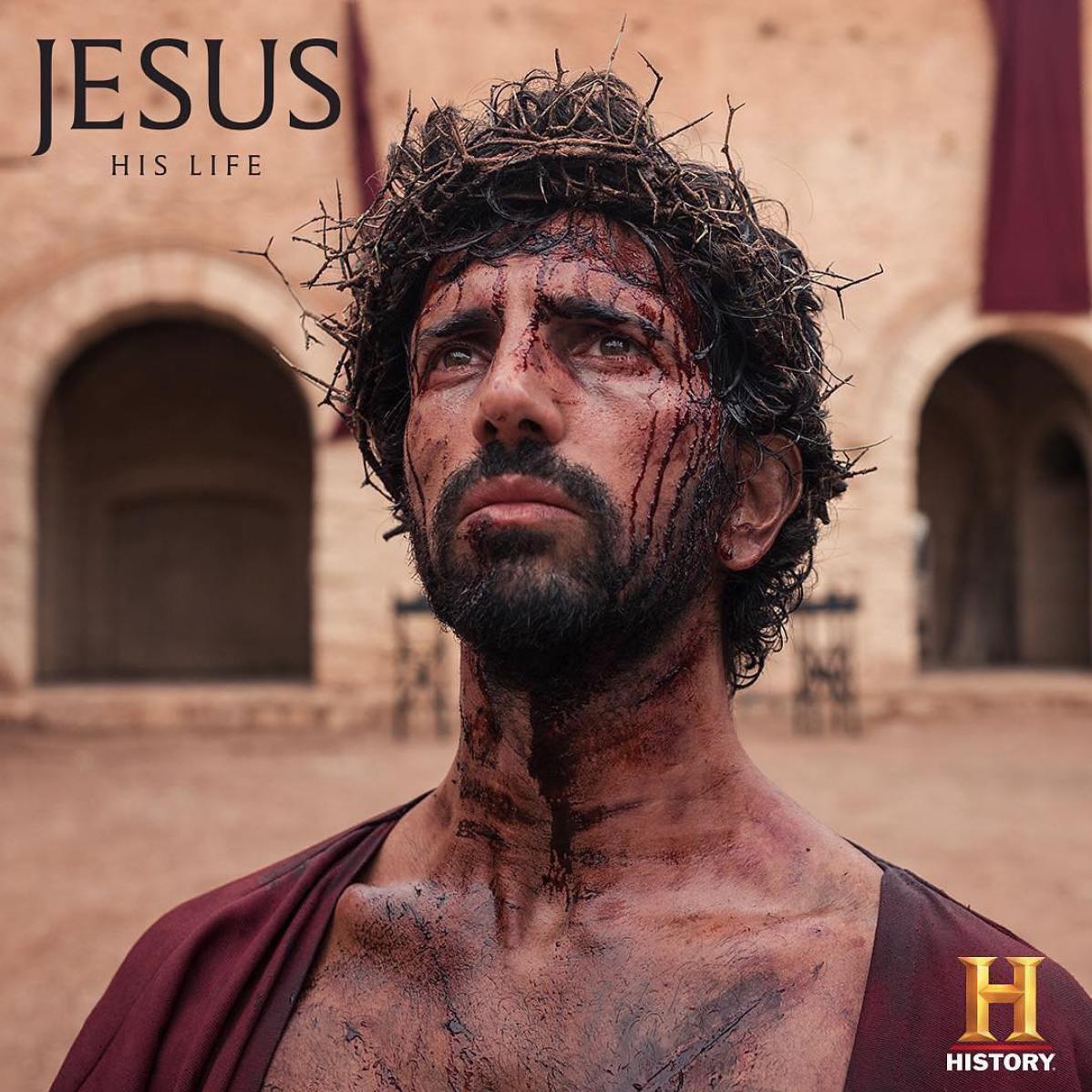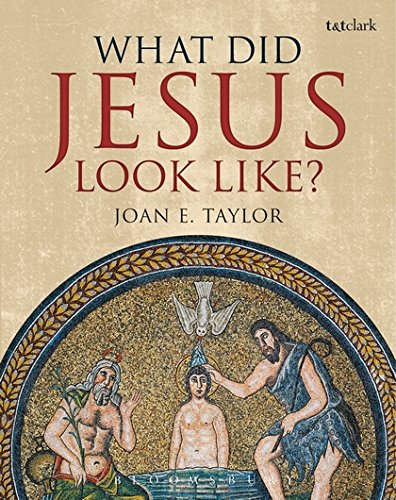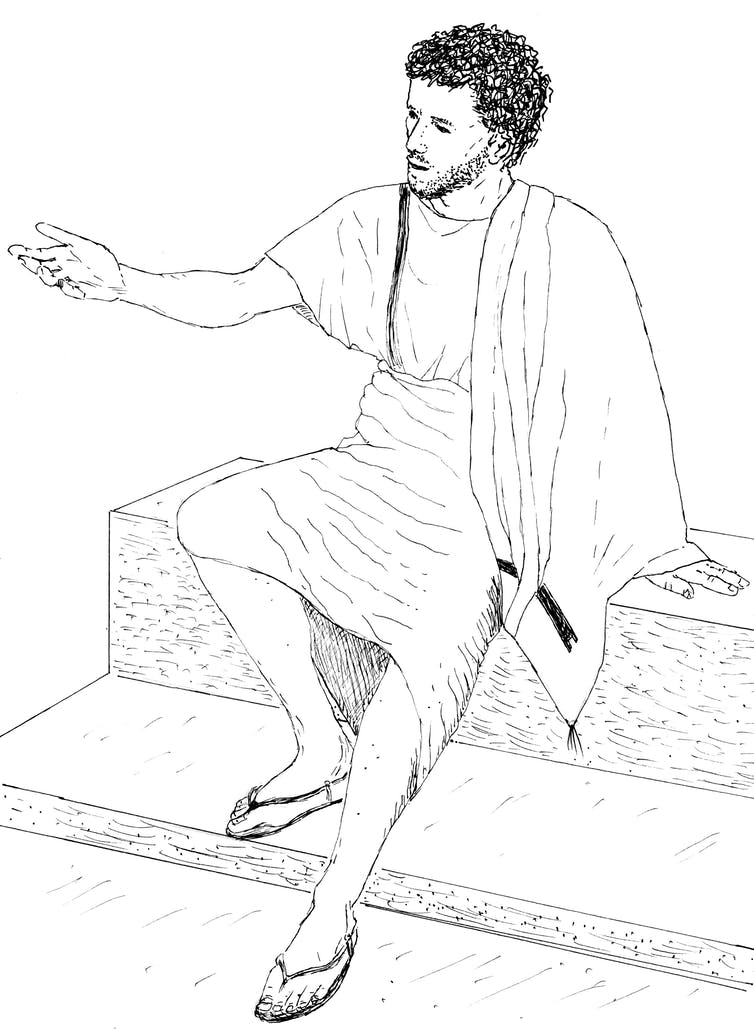CROSSLEY, J.; KEITH, C. (eds.) The Next Quest for the Historical Jesus. Grand Rapids, MI: Eerdmans, 2024, 656 p. – ISBN 9780802882707.
Um grupo multifacetado de acadêmicos traça novos caminhos na busca pelo Jesus histórico.
Após uma década de estagnação no estudo do Jesus histórico, James Crossley e Chris Keith reuniram uma equipe internacional de acadêmicos para pensar a busca novamente. Os colaboradores oferecem novos métodos e perspectivas para retomar a questão do Jesus histórico. Importante, oportuno e fascinante, The Next Quest for the Historical Jesus é uma leitura obrigatória para qualquer um que esteja buscando entender Jesus de Nazaré.
Há uma resenha publicada por Jim West em 11 de novembro de 2024, em seu blog Zwinglius Redivivus, que vale a pena ler. Clique aqui.
Ele diz, por exemplo:
“Crossley e Keith reuniram um grupo genuinamente estelar de acadêmicos para nos levar alguns passos adiante na busca pelo Jesus da História; uma busca, admito, da qual sou muito cético. Ah, com certeza, podemos aprender muito mais sobre o ambiente judaico do primeiro século em que Jesus viveu. E podemos descobrir coisas incríveis com novos achados textuais e arqueológicos. Mas essas coisas não nos dizem nada sobre Jesus em particular. Ainda assim, são interessantes e importantes”.
E:
“Este volume é uma contribuição maravilhosa para o campo precisamente porque nos conta um grande número de coisas fascinantes sobre o mundo de Jesus e seu ambiente (…) Se você quer aprender sobre sexualidade na época de Jesus, o ensaio de Amy-Jill Levine fará o truque brilhantemente. Eu a amo. Leio tudo o que ela escreve. Ela é um gênio. O livro vale o preço apenas pelo ensaio dela. Se você quer aprender sobre conflito de classes na era de Jesus, Robert Myles é o seu cara. Não conheço ninguém mais bem informado sobre o assunto do que ele. Nunca”.
Vale também a pena ler uma entrevista com os editores do livro, James Crossley e Chris Keith, publicada no blog da editora, o EerdWord: The Next Quest for the Historical Jesus | Interview with the Editors – Eerdmans November 13, 2024.
A diverse group of scholars charts new paths in the quest for the historical Jesus.
After a decade of stagnation in the study of the historical Jesus, James Crossley and Chris Keith have assembled an international team of scholars to envision the quest anew. The contributors offer new perspectives and fresh methods for reengaging the question of the historical Jesus. Important, timely, and fascinating, The Next Quest for the Historical Jesus is a must read for anyone seeking to understand Jesus of Nazareth.
Contributors
Michael P. Barber, Augustine Institute Graduate School of Theology, United States of America
Giovanni B. Bazzana, Harvard Divinity School, United States of America
Helen K. Bond, University of Edinburgh, United Kingdom
James Crossley, MF Norwegian School of Theology, Religion, and Society, Norway, and Centre for the Critical Study of Apocalyptic and Millenarian Movements, United Kingdom
Tucker S. Ferda, Pittsburgh Theological Seminary, United States of America
Paula Fredriksen, Boston University, United States of America, and the Hebrew University of Jerusalem, Israel
Deane Galbraith, University of Otago, Aotearoa New Zealand
Mark Goodacre, Duke University, United States of America
Meghan R. Henning, University of Dayton, United States of America
Nathan C. Johnson, University of Indianapolis, United States of America
Wayne Te Kaawa, University of Otago, Aotearoa New Zealand
Chris Keith, MF Norwegian School of Theology, Religion, and Society, Norway
John S. Kloppenborg, University of Toronto, Canada
Amy-Jill Levine, Hartford International University for Religion and Peace, United States of America, and Vanderbilt University, United States of America
Brandon Massey, University of Münster, Germany
Justin J. Meggitt, University of Cambridge, United Kingdom
Halvor Moxnes, University of Oslo, Norway
Robert J. Myles, Wollaston Theological College, University of Divinity, Australia
Wongi Park, Belmont University, United States of America
Janelle Peters, Loyola Marymount University, United States of America
Taylor G. Petrey, Kalamazoo College, United States of America
Adele Reinhartz, University of Ottawa, Canada
Rafael Rodríguez, Johnson University, United States of America
Sarah E. Rollens, Rhodes College, United States of America
Anders Runesson, University of Oslo, Norway
Nathan Shedd, William Jessup University, United States of America, and Johnson University, United States of America
Mitzi J. Smith, Columbia Theological Seminary, United States of America, and University of South Africa, South Africa
Joan Taylor, King’s College London, United Kingdom
Matthew Thiessen, McMaster University, Canada
Robyn Faith Walsh, University of Miami, United States of America
Matthew G. Whitlock, Seattle University, United States of America
Stephen Young, Appalachian State University, United States of America
Christopher B. Zeichmann, Toronto Metropolitan University, Canada






